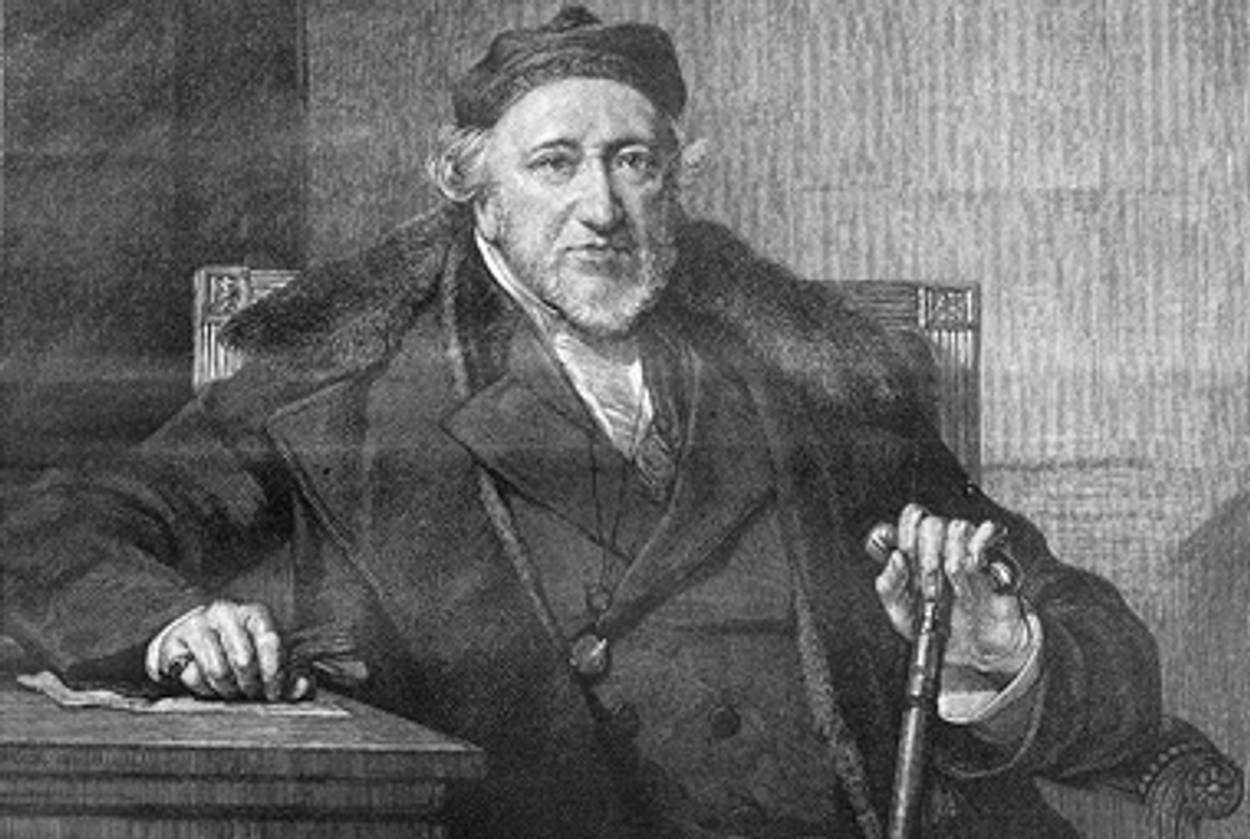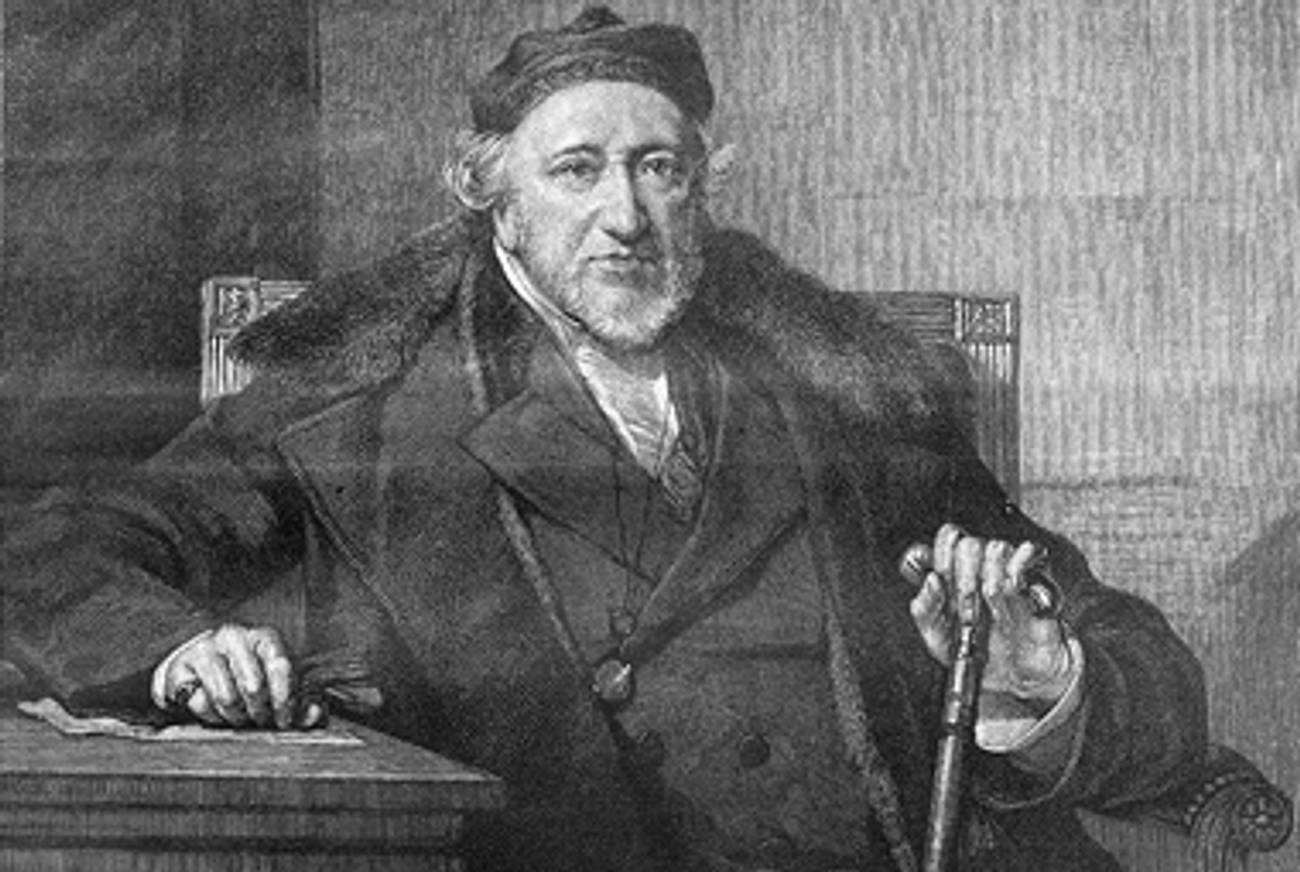Orthodox Liberal
Moses Montefiore was an observant Jew who helped forge an international Jewish public




When Moses Montefiore turned 100, in 1884, England’s chief rabbi composed a special prayer service to mark the event. This liturgy, Abigail Green writes in her deeply impressive new biography Moses Montefiore: Jewish Liberator, Imperial Hero (Harvard), was recited by Jews in every corner of the world: “The Jewish Chronicle reported celebrations in Italy, Holland, Canada, South Africa, Australia, New Zealand, Jamaica, Morocco, Russia, Egypt, Turkey, Denmark, Palestine, Romania, Hungary, and Corfu.” And that’s not to mention North America, where “ninety-eight Jewish synagogues and charitable institutions would eventually carry [Montefiore’s] name.” At Bevis Marks, the Sephardic synagogue in London where Montefiore worshipped throughout his life, the rabbi noted that it was “without parallel in the annals of Judaism” for such an occasion to be celebrated at the same time across the whole planet.
What Montefiore witnessed on that birthday, which would turn out to be his last, was the emergence of what Green calls “the international Jewish public.” This was something different from the Jewish people, which had lived in many parts of the world ever since the days of the Roman Empire. Until the 19th century, however, it was impossible for these widely scattered Jewish communities to become actively aware of one another’s fortunes, or to speak with one voice on the world stage. It took modern technologies—the steamship, railroad, newspaper, and telegraph—to bring the Jewish world together, just as they were bringing the world itself closer together. No less important, it took imperialism—especially the liberal imperialism of Britain and France—to make the problems of Jews in Palestine or Morocco into a matter of concern for the whole “civilized world,” as Western Europe could still contentedly think of itself.
It is no coincidence, then, that the man who emerged as the leader and living symbol of the international Jewish public was an Englishman. Victorian England, like the United States today, was a society that prided itself on being the custodian of liberal democratic values around the world, even though neither its domestic nor its foreign policy quite lived up to that ideal. No other European government was so willing to intrude in the affairs of other countries, or enjoyed so much influence in places like Turkey, Morocco, and Palestine, with their large Jewish populations. Throughout his life, Moses Montefiore would travel through Europe and the Middle East, secure in the knowledge that his Englishness was a source of protection, power, and prestige.
It helped, of course, that he was extremely rich. Green does not devote much space to Montefiore’s business career—by the third chapter, he is already in his late thirties and looking for “a world beyond business.” But without the money he made in finance, he would never have been able to devote the rest of his life to philanthropy and politics. And he might never have been so successful in the marketplace, Green shows, without his family connections. When Montefiore married Judith Barent-Cohen, in 1812, he not only received a dowry, he became the brother-in-law of Nathan Rothschild, who was married to Judith’s sister Hannah. Montefiore was soon making huge profits as Rothschild’s agent and partner, and together they started the insurance giant Alliance Assurance, which is still in business today (though under a different name).
“Marriage in such circles was always about money and connections,” Green observes, just as it was for the English gentry (see any novel by Jane Austen). But Moses and Judith also became a very close and loving pair—despite his frequent infidelities and their inability to have any children. In fact, their childlessness may be what made Montefiore’s adventures possible. With a family to raise and heirs to provide for, he might never have risked his money and health so freely, or started to think of himself as a kind of father-figure to the whole Jewish people.
Both the great achievements and the significant limitations of Montefiore’s career can be traced to that paternalism. In early 19th century England, a businessman like Montefiore was naturally drawn to the company of intellectuals and social reformers, many of them Quakers and Dissenters who were, like the Jews, excluded from England’s political system. (One of his close friends was Thomas Hodgkin, the Quaker doctor who discovered Hodgkin’s lymphoma.) But for Montefiore, liberal politics were not at odds with religious orthodoxy. Unlike many English Jews of his class, Montefiore remained strictly observant. He kept kosher even when traveling, and when he bought a country estate, he built a synagogue on the premises so he could pray three times a day.
Montefiore’s task would be to unite these two impulses—to bring the liberalizing tendencies of the age to bear on the condition of the Jews, in England and around the world. On his first visit to Palestine in 1827—undertaken, he later said, according to a command given him in a dream by the Prophet Elijah—Montefiore was inspired to devote his future to Jewish observance and philanthropy: “This day I begin a new era,” he wrote on his 43rd birthday. On the way from London to Jerusalem, Moses and Judith contended with storms, plagues, pirates, and the threat of a war between Egypt and Turkey; they might well have seen their safe arrival as a kind of divine providence.
Montefiore would return to the Holy Land six more times—the last at the age of 91—and while he was not a Zionist in the modern, political sense, his benefactions in Palestine helped to move it to the center of European Jewish consciousness. On his centenary, the Hovevei Zion of Odessa—one of the earliest Zionist organizations—declared, “You were … the first that put your heart to build the ruins of Zion the land of our fathers, and your actions were the light beneath the foot of our people.”
Back home in England, Montefiore became the leader of the Jewish community’s representative body, the Board of Deputies, and earned a series of public honors. He was the first Jew to be appointed to the largely ceremonial position of Sheriff of London (the inaugural dinner, usually held on September 30, was postponed because the date fell on Rosh Hashanah). He was only the second Jew in British history to be granted a knighthood.
But it is not on these kinds of official milestones that Montefiore’s reputation rests. More important is that, starting in the 1830s, he began to concern himself with the problems of the Jews abroad. In 1840, the so-called Damascus Affair erupted, when Syrian Jews were accused of having ritually murdered a Catholic priest. This blood libel, which seemed so incredible to assimilated Western Jews, galvanized Jewish opinion in England and France. Indeed, it marked what Green calls “the beginning of a new Jewish politics, one that combined the influence that Jewish financiers wielded behind the scenes with a vocal campaign for Jewish rights.”
At the head of that campaign were Montefiore and the French Jewish leader Adolphe Crémieux, who set out together for Cairo to confront the pasha Mehmed Ali. Their mission, Green reveals, was fraught with tension—Crémieux found Montefiore arrogant and thought he wanted to take all the credit—but in the end it succeeded. Mehmed Ali freed the Damascus Jews, thanks less to Montefiore’s persuasive powers than to the diplomatic backing of England and France. Montefiore traveled on to Constantinople, where he secured from the sultan a decree, or firman, guaranteeing legal equality to the Jews of the Ottoman Empire.
This was a spectacular triumph, and it made Montefiore a hero to Jews everywhere. But as Green goes on to show, it set a pattern for Montefiore’s activism that would prove problematic. Over the next 40 years, he would undertake similar missions to the Czar in Russia, the Sultan of Morocco, and the King of Romania, each time asking for decrees of protection for the Jews, and sometimes even getting them. The problem was that such decrees could not always be enforced, and that Montefiore placed too much trust in figures, like Czar Nicholas I, whose deep anti-Semitism he did not fathom. Nor did he understand the dynamics of popular anti-Semitism, which by the end of his life had become a potent political force in Russia, Romania, and even Germany.
At home, too, Montefiore’s leadership had its critics. As the head of the Board of Deputies, he set his face uncompromisingly against the Reform movement that was winning the allegiance of many English Jews. When members of Bevis Marks left to set up their own congregation, the West London Synagogue, Montefiore encouraged the rabbi to excommunicate them. His own younger brother was one of the seceders, and Montefiore didn’t speak to him for the rest of his life.
All this helps to explain why Montefiore’s style of leadership—personal, cautious, and to a large degree unaccountable—alienated many younger, more progressive Jews. In a sense, he was a victim of his own success: He was a catalyst for the emergence of an “international Jewish public” that was too large and contentious for any one man to dominate. Yet Green never allows the reader to lose sight of Montefiore’s truly pioneering achievements, or of his courage, generosity, and farsightedness. In writing about this incomparable life, Green has produced an incomparable book. More than a biography, Moses Montefiore takes its place as one of the essential works on modern Jewish history.
Adam Kirsch is a poet and literary critic, whose books include The People and the Books: 18 Classics of Jewish Literature.
Adam Kirsch is a poet and literary critic, whose books include The People and the Books: 18 Classics of Jewish Literature.